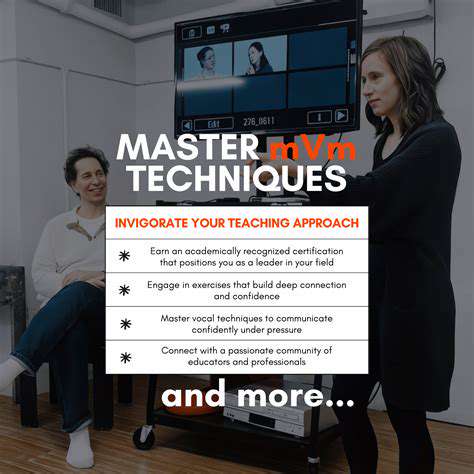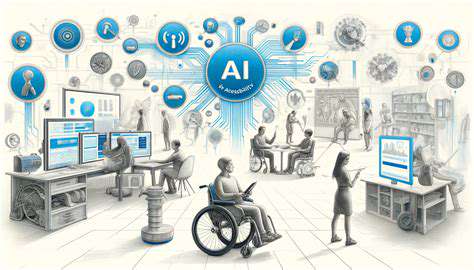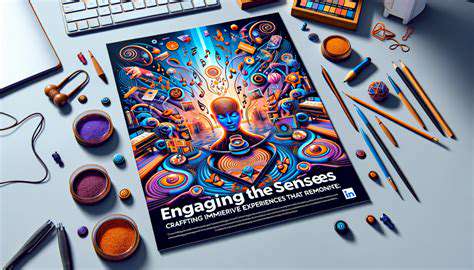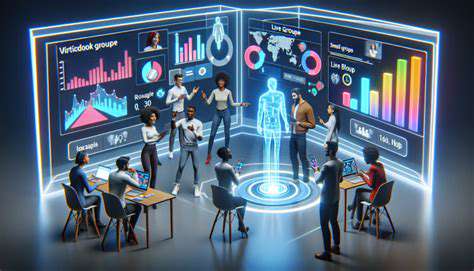The Role of Haptics in Next Gen Immersive Entertainment
Tactile interfaces aren't just changing entertainment—they're making waves in healthcare, education, and beyond. In medicine, haptic feedback is revolutionizing surgical training, allowing doctors to practice procedures with realistic tactile sensations. Picture a surgeon feeling the difference between tissues during a simulated operation, improving both training and real-world outcomes.
In education, these interfaces bring abstract concepts to life. Students can explore molecular structures by handling tactile models or interact with historical events through touch-responsive maps. These hands-on experiences make learning more engaging and memorable.
Even everyday products are getting smarter. Imagine a coffee maker that vibrates gently when your brew is ready or a fridge that signals when you're near an expiring item. These small but meaningful improvements make daily routines smoother and more intuitive.
As tactile interfaces grow more sophisticated, they'll seamlessly blend technology with our senses, deepening how we understand and interact with the world.
Beyond Visual and Auditory: The Importance of Touch
The Tactile Dimension of Experience
Touch is fundamental to how we experience the world—far beyond just seeing and hearing. From the texture of fabric to the firmness of a handshake, tactile sensations shape our understanding. In technology, this dimension is becoming crucial for creating intuitive, immersive interactions.
Consider comparing a digital product model to holding the real thing. The weight, shape, and texture provide insights that visuals alone can't match. This physical connection helps people make better decisions and feel more engaged with what they're interacting with.
Haptics in Human-Computer Interaction
Haptic feedback is evolving from a niche feature to a core part of user experience design. The goal is to move beyond screens and sounds, creating systems that engage users on a deeper, multi-sensory level. Technologies like vibration motors and haptic gloves are making digital interactions feel more tangible.
In virtual reality, for example, haptic feedback can make navigating digital spaces feel real. When you touch a virtual object and feel resistance, it enhances immersion and control—key elements for believable VR experiences.
Applications and Future Implications
Haptic technology's potential stretches across industries. In healthcare, it's used for surgical training and remote procedures. In manufacturing, it improves safety when operating complex machinery. As the tech becomes more affordable and refined, its adoption will grow, leading to more intuitive ways of interacting with digital systems.
Ultimately, haptic feedback will transform our digital experiences, making them feel more human and connected to the physical world.
Haptic Feedback in VR and AR: Enhancing Presence and Interactivity

Improving Immersive Experiences
Haptic feedback is changing virtual and augmented reality by adding physical sensations to digital interactions. This technology makes virtual events feel real, deepening users' sense of presence. When you can feel objects in VR, the experience becomes far more convincing and engaging.
Enhanced Interaction and Control
In VR/AR applications, tactile feedback provides crucial cues for interaction. It helps users navigate virtual spaces and manipulate objects with precision. Responsive haptic systems make these environments feel more natural and easier to control.
Realism and Presence
The addition of touch sensations makes virtual worlds feel authentic—critical for training simulations, medical applications, and design work where realism matters.
Applications in Training and Education
Haptic feedback transforms learning by letting students feel concepts. Medical trainees can practice surgeries with realistic tactile feedback, while engineering students can interact with 3D models. This hands-on approach leads to better understanding and retention.
Improving Accessibility
Tactile cues can make VR/AR more inclusive, helping users with visual or motor impairments navigate digital spaces through touch.
Challenges and Future Directions
While promising, haptic technology still faces hurdles like cost and refinement. Future advancements will focus on making devices more affordable and intuitive. These improvements will redefine how we experience virtual and augmented realities.
Beyond the Basics: Advanced Haptic Feedback
Next-generation haptics will simulate temperature, pressure, and texture—opening new possibilities in gaming, medicine, and design. These innovations will make virtual experiences nearly indistinguishable from real ones.









